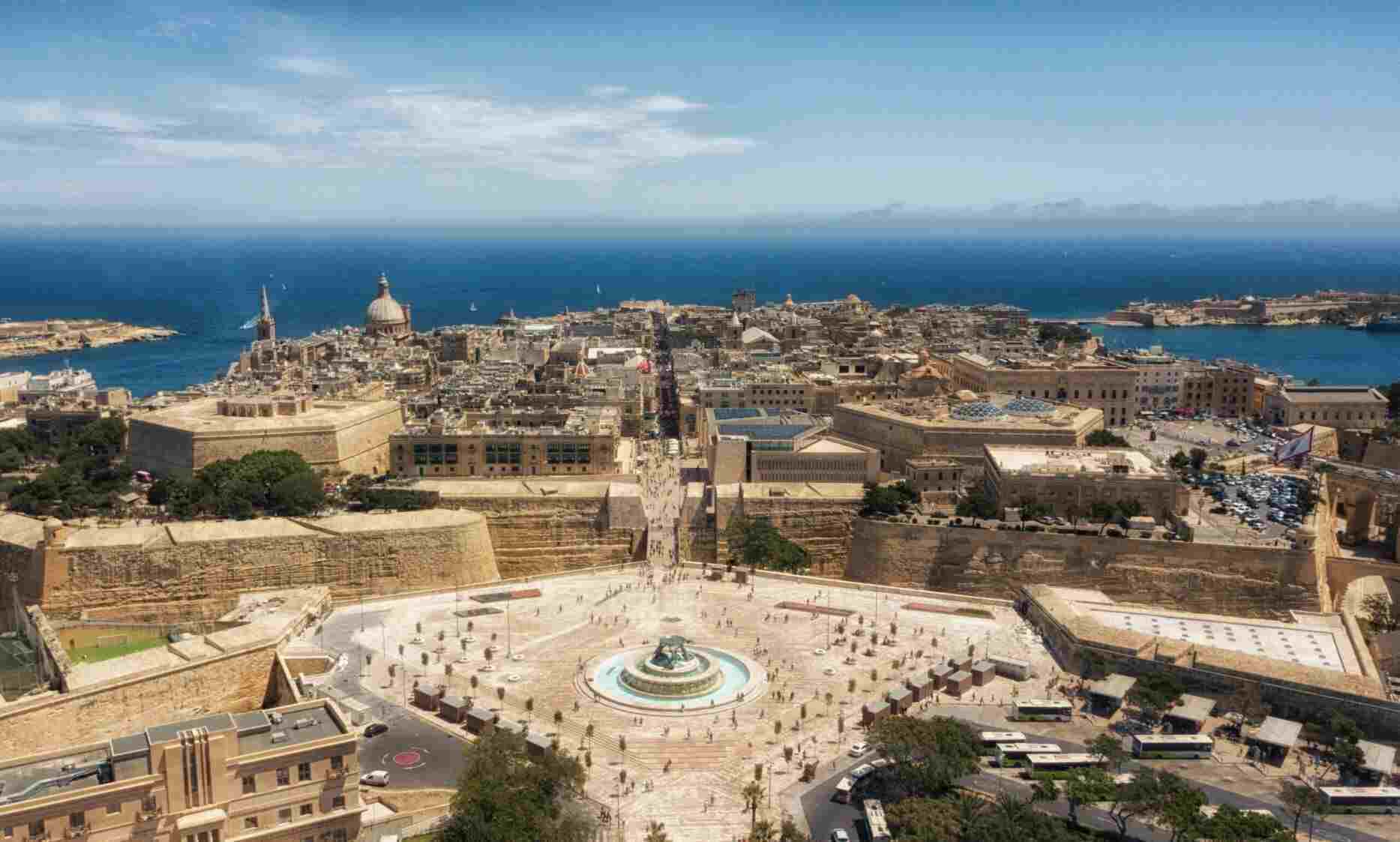 |
IMEX Malta - It's a personal service. The Gateway to Europe. |
|

Malta Takes Bold Step to Protect Blue Lagoon: New Booking System Aims to Curb Overtourism and Preserve Natural BeautyMay 03 2025 06:43:24 by PCLMedia Starting Thursday, all visitors wishing to step ashore at Comino’s iconic Blue Lagoon must pre-book their visit online. Malta is enacting a pioneering environmental protection strategy aimed at preserving one of its most cherished natural sites. Under the initiative, titled “Book, Protect, Enjoy”, the Malta Tourism Authority (MTA) will require individuals or groups—arriving by private or commercial vessels—to reserve access via bluelagooncomino.mt. The free system allocates visits into three time slots: 8:00 AM to 1:00 PM, 1:30 PM to 5:30 PM, and 6:00 PM to 10:00 PM. Upon booking, visitors receive a QR code and wristband for site entry. The system, designed to cap visitors at 4,000 at any given time, marks a sharp reduction from previous summers, where peak visitor numbers exceeded 12,000. This drastic shift reflects growing global concern over overtourism and Malta’s commitment to lead by example. Why the Blue Lagoon Matters to Malta Nestled between the islands of Comino and Cominotto, the Blue Lagoon is not just a postcard-perfect destination; it is a national treasure and an ecological hotspot within the EU-designated Natura 2000 network. With its crystal-clear waters, white sandy seabed, and rugged limestone coastline, it attracts hundreds of thousands each year tourists and locals alike. However, this popularity has come at a cost. Environmental degradation, overcrowding, unchecked commercialisation, and excessive deckchair encroachment have raised alarms in recent years. Activist groups like Moviment Graffitti have staged high-profile interventions, demanding restoration of public access and natural balance. Tourism, which contributes over 25% to Malta’s GDP, hinges on a sustainable approach. As one of the Mediterranean’s top emerging eco-destinations, Malta is now aligning itself with global tourism trends where conservation meets experience, seen also in places like Venice, the Acropolis, and Mont Saint-Michel, all of which have implemented visitor caps or entry fees. A Wider Vision for Sustainable Tourism The Blue Lagoon initiative is part of a two-year national project spearheaded by Team Blue Lagoon, uniting multiple ministries and entities under a common environmental mandate. Plans include: * Expanded swimming zones for improved safety * Enhanced sanitation facilities and waste management * Stricter enforcement of environmental and commercial regulations * Fairer concessions for boat, kiosk, and deckchair operators Tourism Minister Ian Borg has emphasized a holistic clean-up of Comino, pledging a better visitor experience while safeguarding its natural legacy. Political Pushback Sparks Legal Debate Not all have welcomed the move. Opposition MP Alex Borg voiced concerns that Maltese and Gozitan residents should be exempt from the booking system, framing it as unfair to locals. However, legal experts swiftly responded that such preferential treatment would breach EU laws, under which Malta cannot discriminate among EU citizens. Marisa Xuereb, former president of the Malta Chamber of Commerce, offered a pointed rebuttal: “It’s impressive how some of us focus on the potential inconveniences rather than the benefits... being locals doesn’t exempt us from measures designed to preserve our environment.” A Missed Opportunity? The Case for a Nominal Fee While many support the move, some in the tourism and environmental sectors argue that a small environmental fee—€1 to €2 per person—could directly fund site upkeep. For now, the government has opted against any monetary charge, likely to avoid political backlash, despite widespread international precedent. Malta at a Crossroads The Blue Lagoon initiative could become a benchmark in Malta’s journey toward sustainable tourism. It reflects a growing awareness that long-term prosperity relies not just on tourist volume, but on quality, balance, and environmental integrity. As more destinations around the world grapple with overtourism, Malta’s decision to regulate access to the Blue Lagoon signals a shift from reactive policy to proactive stewardship—one that values both the visitor experience and the island’s fragile natural beauty. Have your say! Do you have any story to tell about Malta or your experience while staying in Malta? Send us your story and we will publish your opinion or story here. Contact IMEX Malta Blogarama - Blog Directory  |